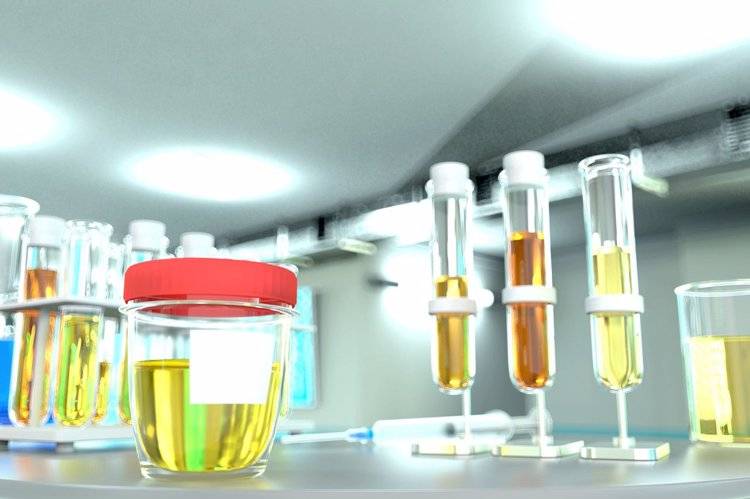For patients with cardiovascular diseases, fats are not only a potential health threat, but also a catalyst for the formation of arterial plaques.
In their bodies, these fats seem to silently accumulate “plaques”, eventually leading to the risk of vascular blockage.
However, a recent study shows that these “fats” can actually reduce the risk of cardiovascular diseases, let’s delve into it.
1. New discovery from the study: These fats do not clog arteries, but have anti-aging effects
On August 12, 2024, researchers from Central South University published a study in the “JAMA Internal Medicine” journal.
By tracking and following 407,531 participants with an average age of 61 for 24 years, researchers deeply analyzed the specific impact of dietary plant fats and animal fat intake on health.
The results showed that when plant fat intake is high (including fats from grains and plant oils), the mortality rate for cardiovascular diseases decreases relatively.
As animal fat intake increases (especially from dairy products and eggs), the overall mortality rate and cardiovascular disease mortality rate increase.
This study emphasizes the potential health benefits of choosing plant-based fats in the diet. Adjusting dietary patterns in this way may help prevent and control cardiovascular diseases, thus lowering mortality rates, which is of profound significance for promoting human health.
2. Four abnormalities indicate high blood lipids
According to the “Chinese Blood Lipid Management Guidelines (2023)”, the prevalence of blood lipid abnormalities among Chinese adults has reached 35.6%, indicating that high blood lipids have become increasingly common in society.
Dr. Xue Yajun, Deputy Chief Physician of the Cardiovascular Department at Beijing Tsinghua Chang Gung Hospital, also stated that many people only realize they have high blood lipids when symptoms of cardiovascular diseases appear.
Therefore, it is crucial to pay attention to changes in our bodies. So, what changes can occur when blood lipids are high?
Abnormality 1: Xanthoma
Abnormal lipid levels may lead to the abnormal accumulation of subcutaneous fat, forming yellow or orange nodules, especially around the eyelids, known as xanthomas, a clear sign of high blood lipids.
Abnormality 2: Corneal arcus
Deposition of cholesterol at the edge of the cornea may form gray-white or white circular substances, known as corneal arcus, another warning sign of blood lipid abnormalities.
Abnormality 3: Fatigue, indigestion
These are signs of fatty liver because when blood lipids are high, fat accumulates in the liver, increasing the risk of fatty liver. This process is accompanied by fatigue, discomfort in the upper abdomen, and other digestive system problems.
Abnormality 4: Darkened knee skin
Many are unaware that high blood lipids can cause skin discoloration in the lower leg area, especially below the knees, possibly due to blocked blood circulation or fat deposition in the skin layer.
While these symptoms may not cause immediate discomfort, they are warning signs that our bodies need attention and improvement in blood lipid levels.
3. Are peanuts really accelerators of blood lipids?
As a common food, peanuts are favored for their nutritional value. However, there has been controversy regarding the specific effects of peanuts on cardiovascular health. In fact, peanuts have benefits for our health.
A study published in the journal “Stroke” indicated that compared to those who do not eat peanuts, individuals who consume an average of 4-5 peanuts a day have a 20% lower risk of ischemic stroke, a 16% lower risk of cerebrovascular stroke, and a 13% lower risk of cardiovascular diseases. This is because the unsaturated fatty acids, vitamins, dietary fiber, and other nutrients in peanuts help improve blood lipid levels and vascular health.
The key is moderate consumption. The “Chinese Residents’ Dietary Guidelines” recommend that adults should consume about 10 grams of nuts a day, equivalent to approximately 12 peanuts.
Choose healthy ways to consume, such as boiling peanuts, which not only preserves the nutrients in peanuts but also avoids additional calorie intake from frying or sugaring cooking methods.
It is also important to remind patients with high uric acid or gout that the purine content in peanuts may affect uric acid levels, exacerbating the condition. And patients with liver and gallbladder diseases may need to be cautious in consuming peanuts because their metabolic capabilities are limited, and peanuts may not have optimistic effects on the body.
While peanuts are good, they are not suitable for everyone, and the consumption amount must be considered. When making dietary choices, individuals should make informed decisions based on their health conditions and seek guidance from professional nutritionists when necessary.
References:
[1] “【Health Popular Science】Raising blood lipids? Lower blood lipids? There is a lot to know about eating peanuts”. Mianyang Central Hospital, Sichuan Province. 2023-10-12.
[2] “Terrifying! 8 GIFs reveal the entire process of vessel blockage! Everyone should see”. Science Exploration China. 2019-10-06.
Reproduction without author’s authorization is prohibited


